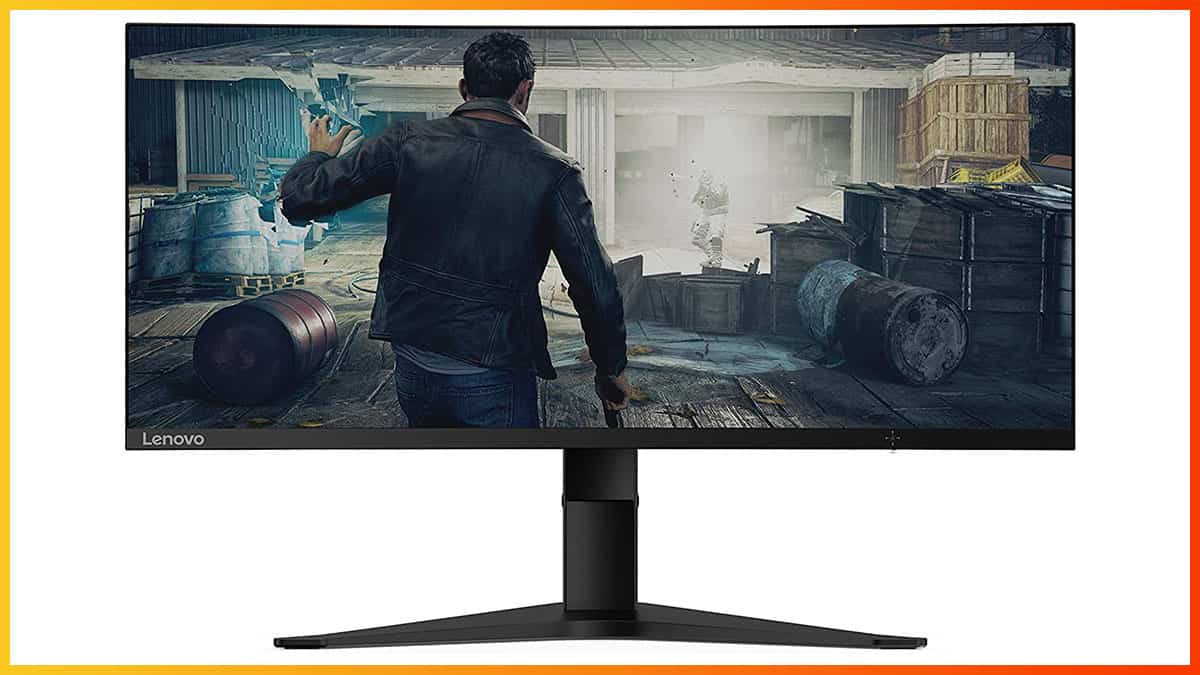Gaming monitors have come a long way, and with the advent of higher refresh rates, the playing field has been elevated to new heights. Among the options, the choice between a 144Hz and a 165Hz gaming monitor presents gamers with a nuanced decision.
Let’s break down their features to better understand the distinctions and advantages each refresh rate brings to the table:
Refresh Rate:
- 144Hz:
This standard has been a game-changer in the gaming world, providing a significant boost from the conventional 60Hz monitors. The refresh rate of 144Hz gaming monitor ensures smoother motion, reduced motion blur, and an overall improved gaming experience.
- 165Hz:
Building upon the foundation set by 144Hz, 165Hz takes fluidity a step further. The 21Hz increase might not seem dramatic, but it translates to even smoother visuals and an edge in competitive gameplay.
Motion Clarity:
- 144Hz:
The motion clarity offered by a 144Hz monitor is highly noticeable, especially when compared to lower refresh rates. Fast-paced action becomes more coherent and easier to track, enhancing overall gameplay.
- 165Hz:
With the additional 21Hz, 165Hz monitors reduce motion blur even further. Swift camera movements and rapid changes in scenes become exceptionally clear, providing a tangible advantage in spotting details and reacting swiftly.
Competitive Edge:
- 144Hz:
Gamers who indulge in competitive titles will appreciate the advantages of a 144Hz monitor. It helps with faster reaction times and tracking opponents, giving players a competitive edge.
- 165Hz:
The added smoothness of a 165 Hz monitor becomes crucial in esports and other competitive genres. Every millisecond counts, and the enhanced fluidity can make a difference in critical moments.
Hardware Compatibility:
- 144Hz:
Achieving a stable high frame rate for a 144Hz monitor is relatively achievable with a mid-range graphics card. This makes it accessible to a wider range of gamers.
- 165Hz:
To fully capitalize on a 165Hz monitor, a more powerful graphics card is recommended. Gamers with high-end GPUs will benefit most from the additional refresh rate.
Game Genres:
- 144Hz:
Suited for a broad spectrum of game genres, a 144Hz monitor enhances visuals and responsiveness across the board. It’s an excellent choice for gamers who play a variety of titles.
- 165Hz:
While the benefits of 165Hz are apparent across genres, they shine brightest in fast-paced games. Gamers who gravitate toward titles where split-second decisions are pivotal will relish the extra fluidity.
Adaptive Sync Technology (G-Sync and FreeSync):
Both 144Hz and 165Hz monitors often come equipped with adaptive sync technology, such as NVIDIA G-Sync or AMD FreeSync. These technologies reduce screen tearing and stuttering by synchronizing the monitor’s refresh rate with the graphics card’s output, providing a smoother experience regardless of the refresh rate.
Motion Clarity:
- 144Hz:
The 144Hz gaming monitor refresh rate greatly enhances motion clarity compared to traditional 60Hz monitors. The reduction in motion blur ensures that objects in motion are sharper, which can be pivotal in competitive scenarios.
- 165Hz:
With a 165 Hz monitor, motion clarity is further refined. Fast-paced action sequences and quick camera pans are exceptionally smooth and clear, providing gamers with the ability to track details effortlessly.
Input Responsiveness:
- 144Hz:
Higher refresh rates inherently improve input responsiveness, allowing for quicker reactions to in-game events. This is crucial in games where timing and precision are paramount.
- 165Hz:
While the difference might not be overly pronounced, a 165Hz monitor offers a slight edge in input responsiveness due to its enhanced refresh rate. This can be particularly valuable in highly competitive scenarios.
Esports Advantage:
- 144Hz:
A 144Hz gaming monitor is a solid choice for esports enthusiasts. The smoother visuals aid in spotting opponents faster, and the heightened responsiveness assists in executing split-second maneuvers.
- 165Hz:
Gamers deeply invested in competitive play can benefit from a 165Hz monitor’s extra smoothness. The advantage in spotting minute movements and reacting promptly can be the decisive factor in securing victory.
Frame Synchronization (G-Sync and FreeSync):
Both 144Hz and 165Hz monitors often incorporate adaptive sync technologies like NVIDIA G-Sync and AMD FreeSync. These technologies ensure that the monitor’s refresh rate matches the graphics card’s output, eliminating screen tearing and stuttering.
Eye Comfort:
- 144Hz:
With more fluid motion, a 144Hz monitor reduces strain on the eyes during extended gaming sessions. This feature holds particular appeal for gamers who immerse themselves in gaming for extended periods.
- 165Hz:
A 165Hz monitor furthers this comfort factor, offering an even smoother viewing experience. Gamers who prioritize both performance and eye care will appreciate this unique advantage.
Overclocking Potential:
- 144Hz:
Some 144Hz monitors come with overclocking capabilities, allowing users to push the refresh rate slightly higher. This unique feature grants a taste of heightened performance without a drastic jump.
- 165Hz:
While already at an impressive refresh rate, overclocking a 165Hz monitor can unlock even more potential, catering to the performance-driven crowd seeking customization.
Frame Transition:
- 144Hz:
Frame transitions in a 144Hz monitor are notably seamless, particularly evident in fast-paced games. The fluidity of motion ensures a heightened level of engagement.
- 165Hz:
Building on this, a 165Hz monitor’s transitions are even more imperceptible. This aspect can make a substantial difference in games requiring quick reactions and precise aiming.
Visual Realism:
- 144Hz:
The visual realism of a 144Hz monitor is a leap forward from traditional monitors. Gamers will appreciate the improved visual fidelity and lifelike portrayal of gaming worlds.
- 165Hz:
With its heightened refresh rate, a 165Hz monitor adds a layer of depth to visual realism, making it ideal for titles with detailed landscapes and intricate environments.
Variable refresh rate (VRR):
VRR is a technology that synchronizes the refresh rate of the monitor with the frame rate of the graphics card. This can help to reduce screen tearing and stuttering, which can improve the gaming experience. 165Hz monitors are more likely to support VRR than 144Hz monitors.
High dynamic range (HDR):
HDR is a technology that enhances the contrast and color range of images. This can make games look more realistic and immersive. 165Hz monitors are more likely to support HDR than 144Hz monitors.
Wide color gamut:
A wide color gamut refers to the range of colors that a monitor can display. A wider color gamut will make games look more vibrant and realistic. 165Hz monitors are more likely to support a wider color gamut than 144Hz monitors.
Conclusion:
Choosing between a 144Hz and a 165Hz gaming monitor depends on a combination of personal preferences, gaming habits, and hardware capabilities. For many gamers, a 144Hz gaming monitor strikes an excellent balance between performance and affordability, delivering a remarkable improvement from standard monitors.





